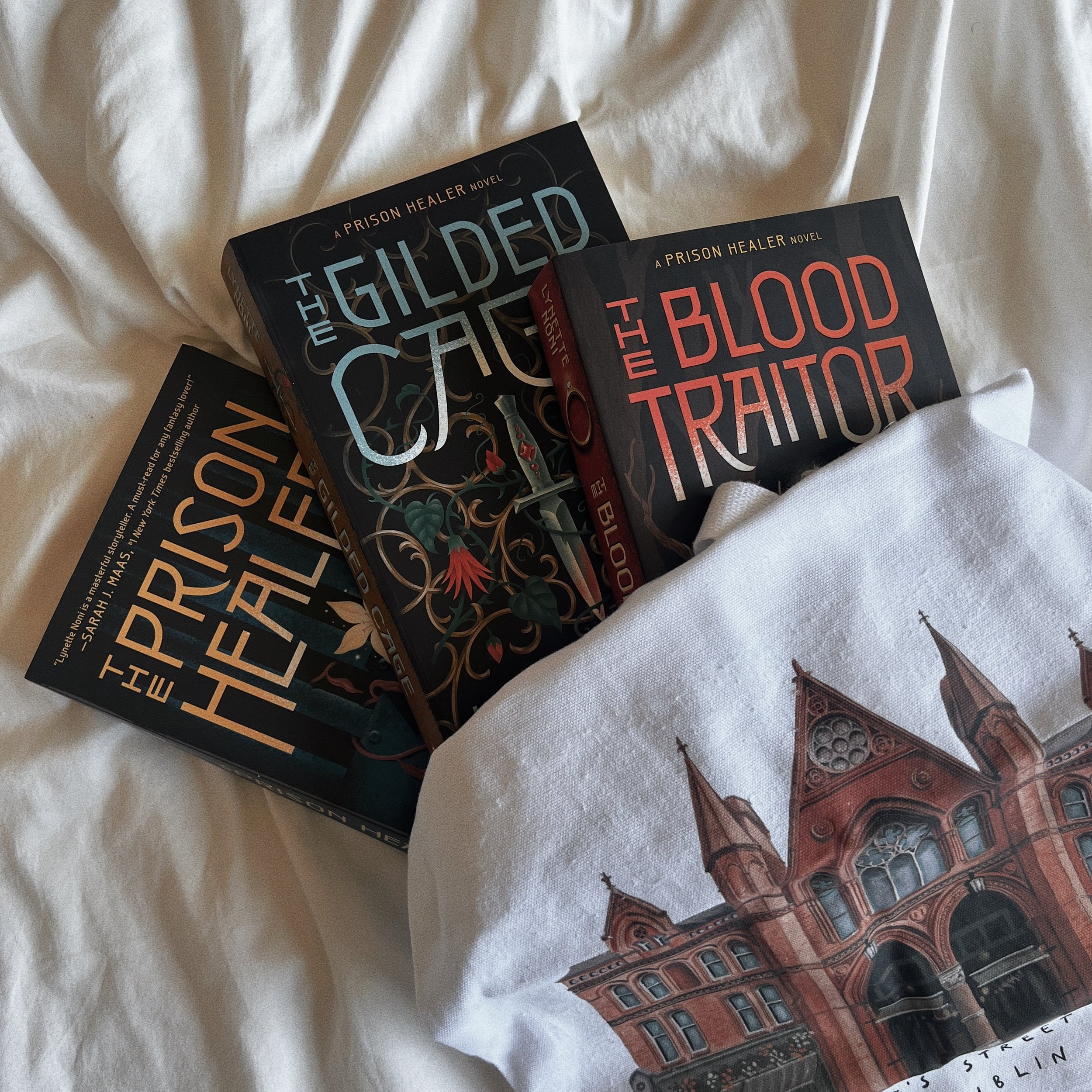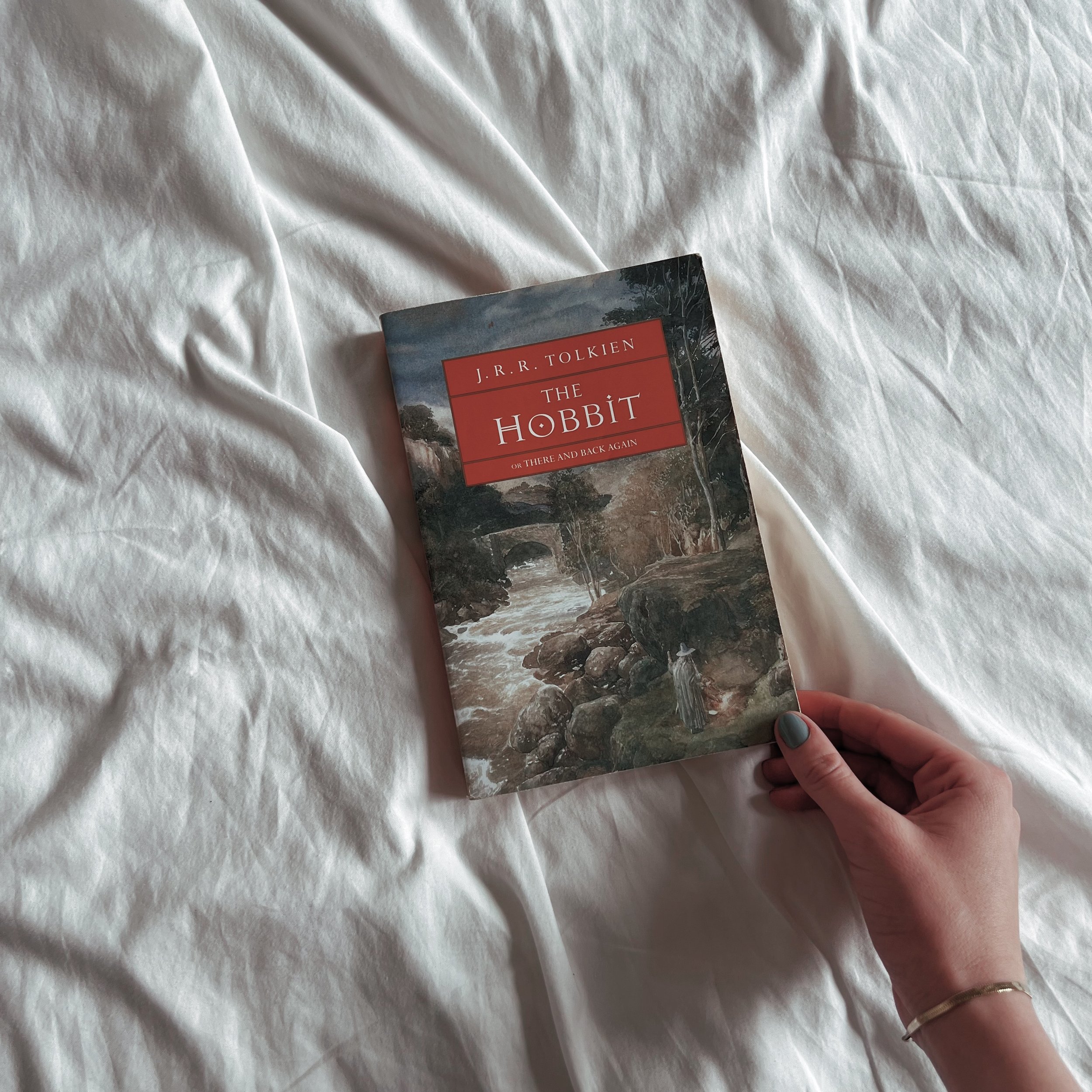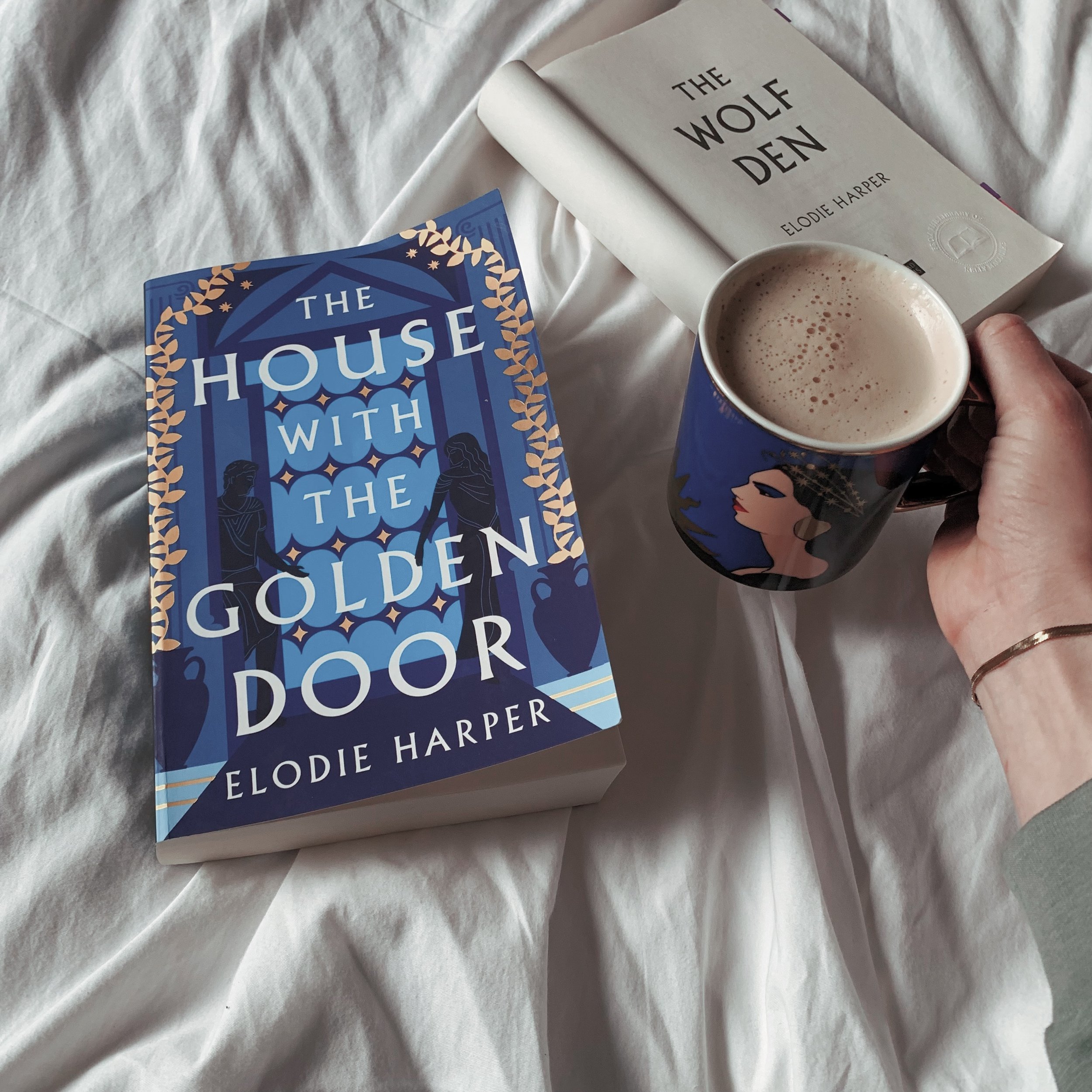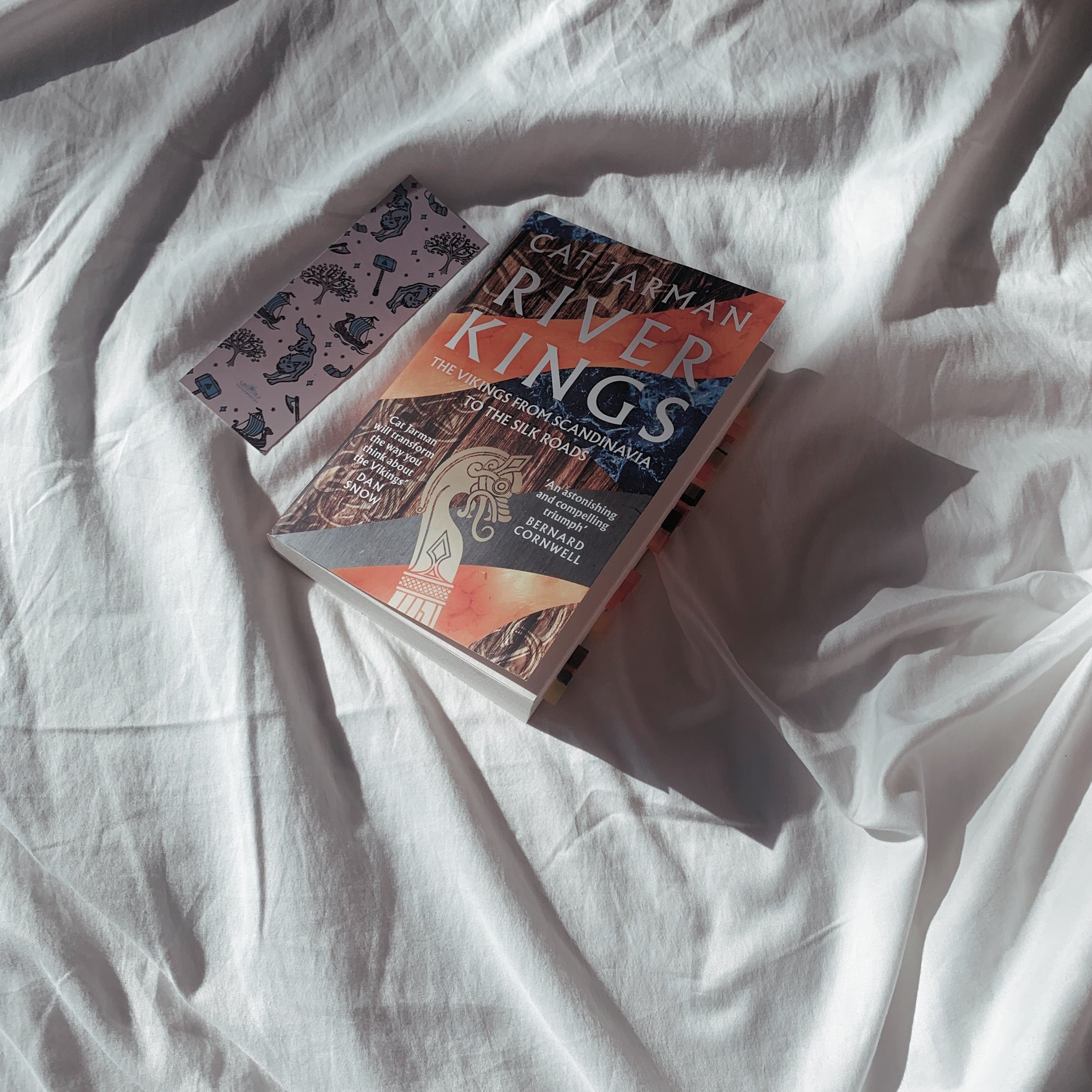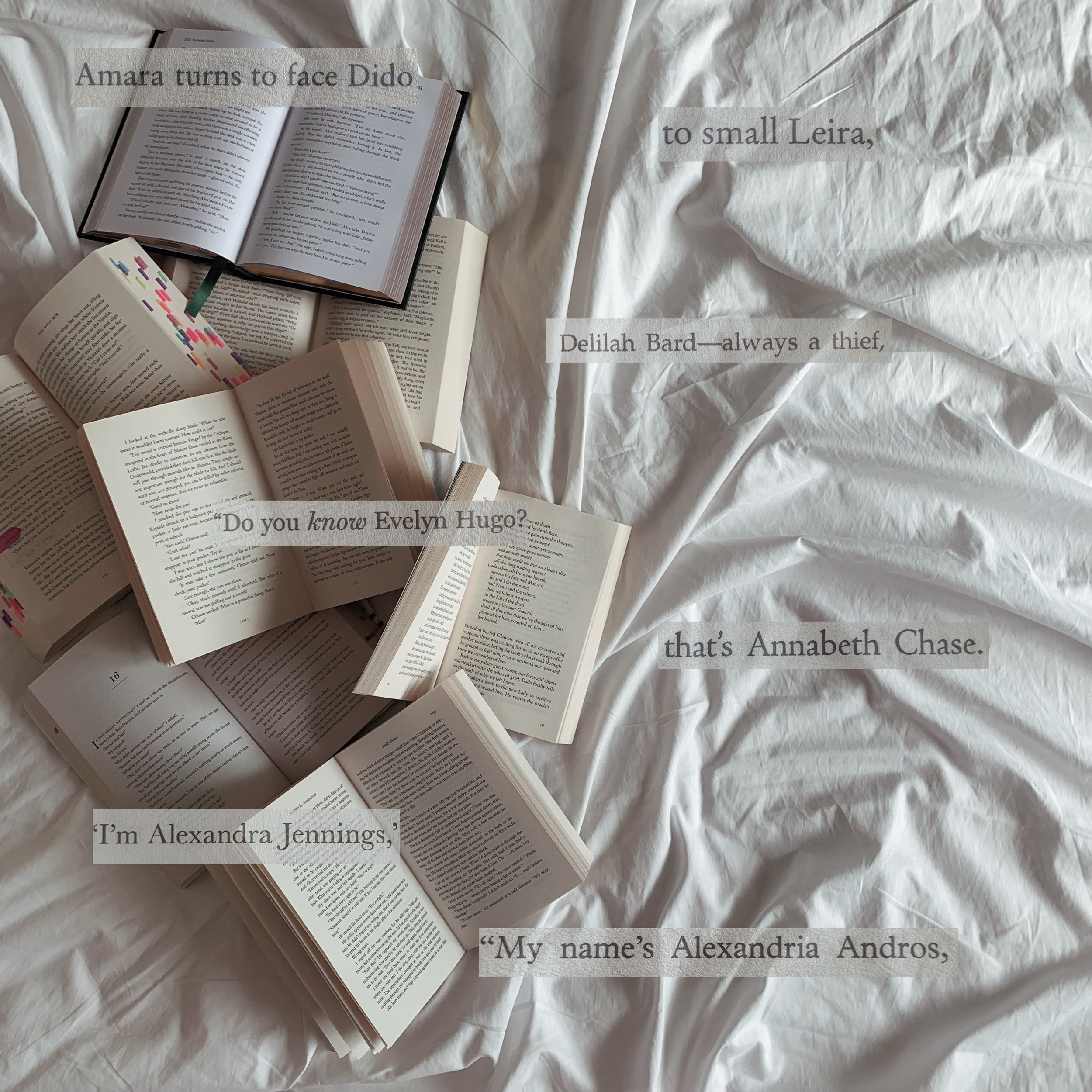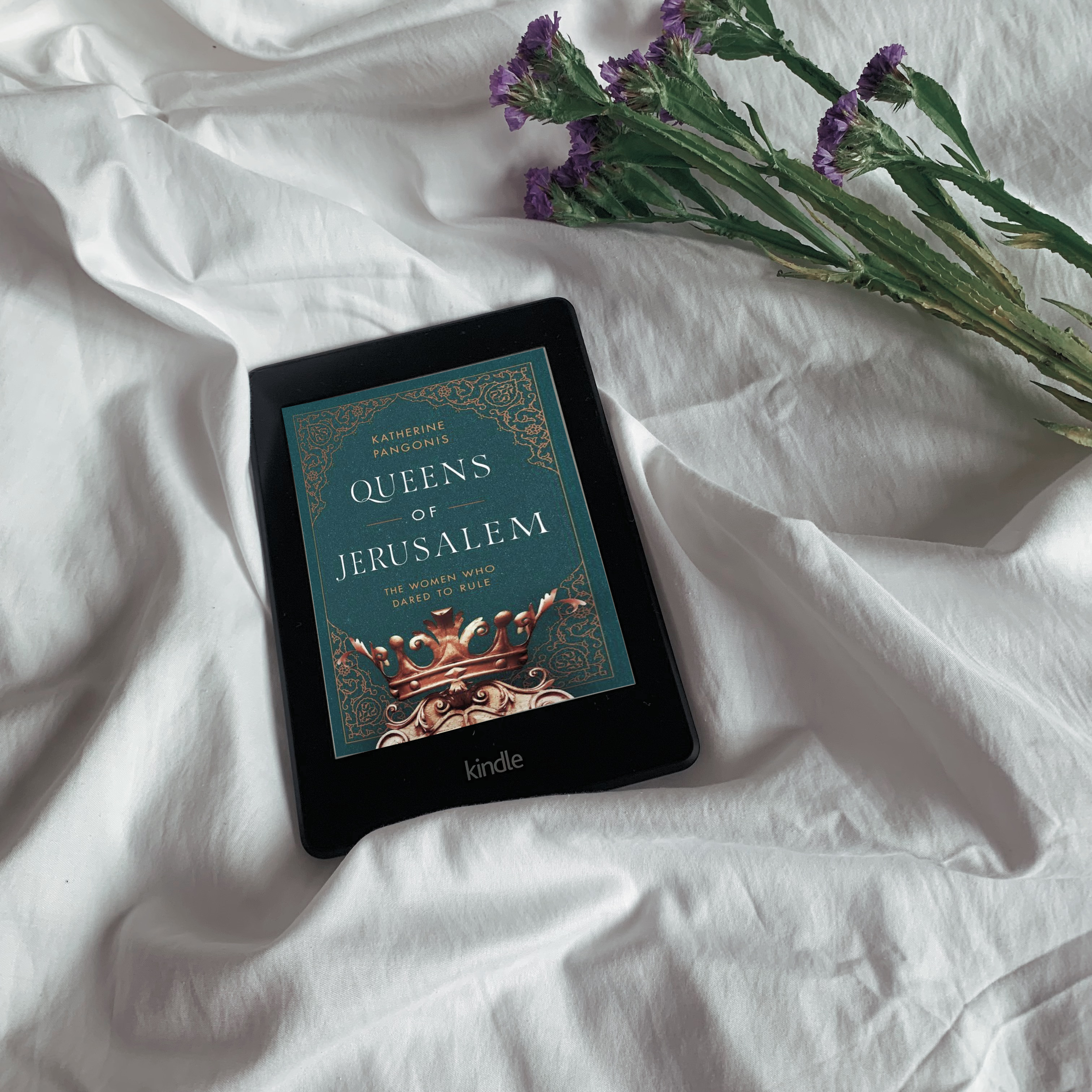The Prison Healer Series ★★★★★ | books five, six, and seven of 2023 | paperback/e-book
This review of the entire series is spoiler free, but it’s also a rave because I loved it so much. Lynette Noni has taken her place firmly as one of my favourite authors of all time. This is the second time that she has made me fall completely in love with reading again, completely in love with a series and with a whole set of characters. This series has consumed my every waking moment since I started it. The emotion that Noni evoked from me while I read this series (in particular the final book) is the reason I read. A re-read so I can annotate all of my favourite parts is definitely in my future. Thankyou, Lynette Noni.
The Prison Healer ★★★★★ — Hooked me from the first page. Kiva is such a great main character. It had a plot that sucked me in, but it was the characters, the found family, Naari, Tipp, and Jayden that sealed the deal for me. Honestly, this book gave me the YA fantasy hit I needed. I hate that, once again, I have waited so long to pick up another great book, especially considering I DEVOURED the Medoran Chronicles. The ending to this made me SO glad that I waited until the entire trilogy had been published though. This book kept me on my toes just enough that I didn't quite know what was coming next, but still managed to rip my heart out and made me verbally ‘aawww’ a few times — all the signs of a good book.
The Gilded Cage ★★★★☆ — now I may not have liked it as much as the first book, but boy was I completely entranced. Lynette Noni had me hanging on her every word. I just kept picking this book up at every available moment. This blog is a Jaren fan club, as it is a Caydon fan club. I think the thing that bothered me was because of how attached I have become to Jaren, to Naari and to Tipp, and Kiva’s inability to choose a side when it was so clear which side she needed to take. I love her spunk and especially in the prison healer, I loved her morals. The way she stood up for the people who needed her help, and her loyalty to those she cared for. I just felt like Kiva was a different person in this second instalment, which, because now I am sucked in hook, line, and sinker, just had me screaming at her to pull it together!! As always, my rating is 100% on vibes and I still absolutely LOVED this book, it was just Kiva’s choices and constant conflicting emotions throughout that bothered me (especially with one side of the conflict clearly not being deserving of her). But god, did it make for incredible reading.
The Blood Traitor ★★★★★ — I think I loved this as much as I loved the first one. The trauma, the healing, the found family, the redemption, the love, the magic. I am finding it hard to put into words how this book affected me. I haven’t felt so strongly about fictional characters in a very long time. The main group of characters in this book, their dynamic together and separately was the highlight. Noni gave us some incredible character arcs, some twists I didn’t see coming, and some truly heartwarming and heartwrenching moments. The suspense of the first 80% of this book (iykyk) had me unable to put it down. It was wonderful being introduced to more of the world, and despite me (as always) wanting more exploration of the world Noni has created, it wasn’t necessary to the greater story. The development of friendships and personal growth in this book was one of the things that struck me the most. The plot was more fast-paced in this one than the previous two, and to say I was hanging off every single word is an understatement. It’s impossible to say more without ruining something so I will have to leave it at that.
If you have read this series, let me know how you found it! Are you as completely obsessed as me?

